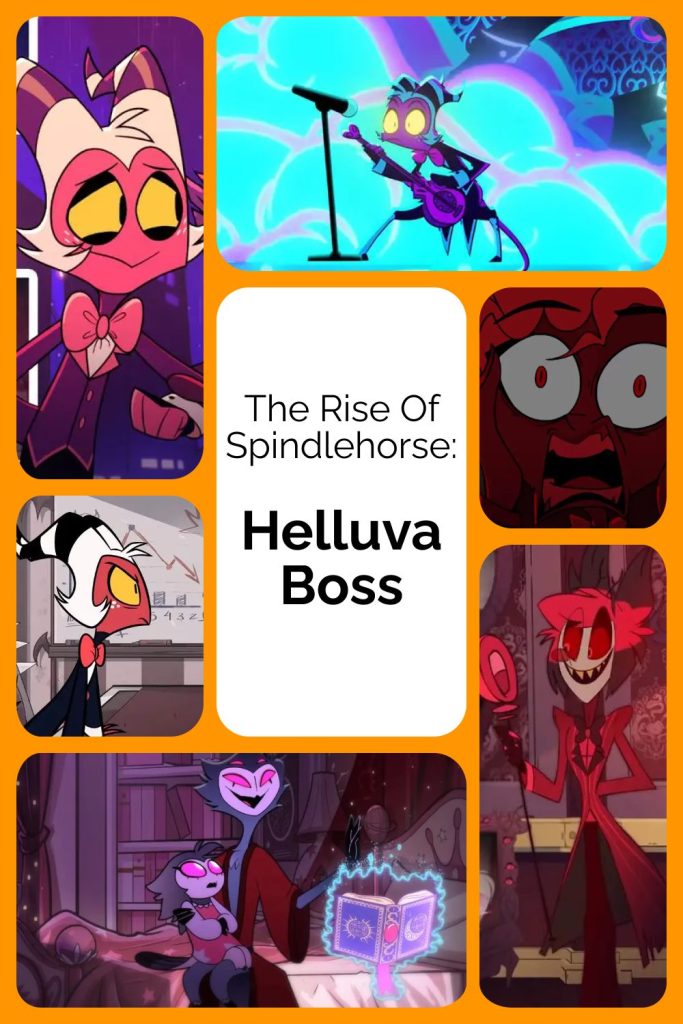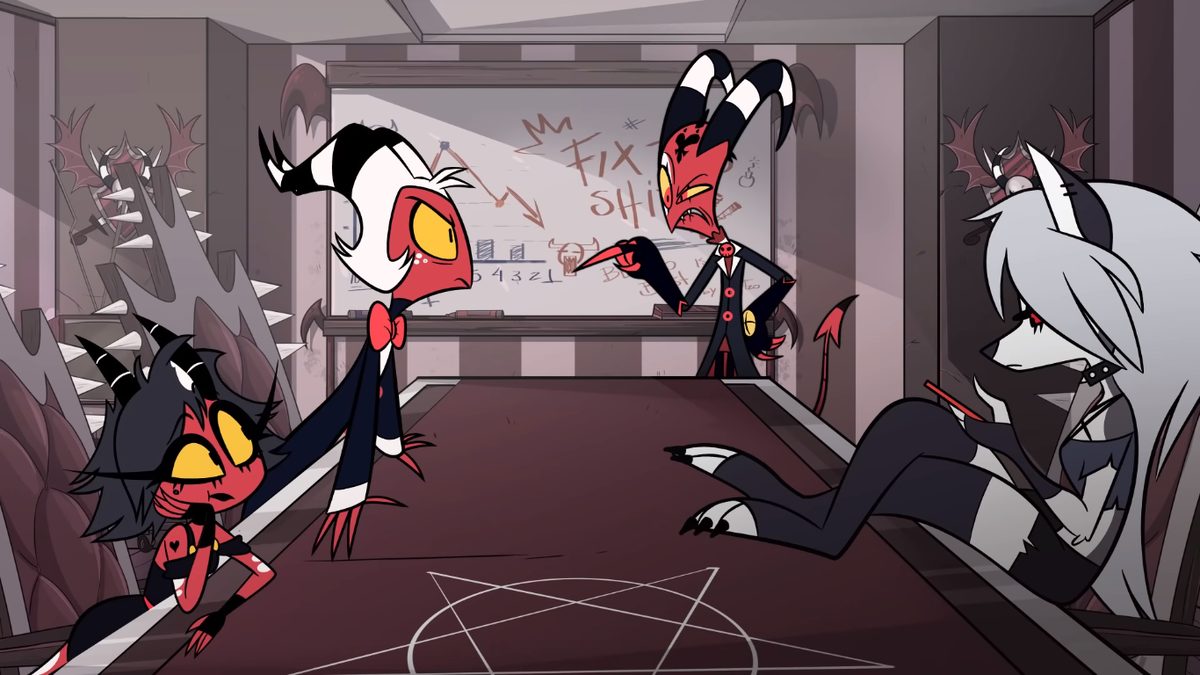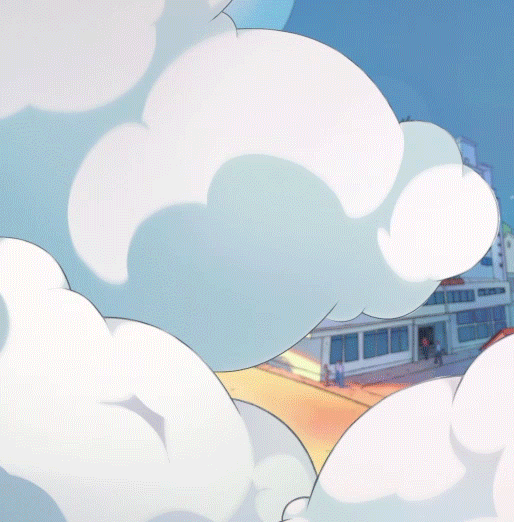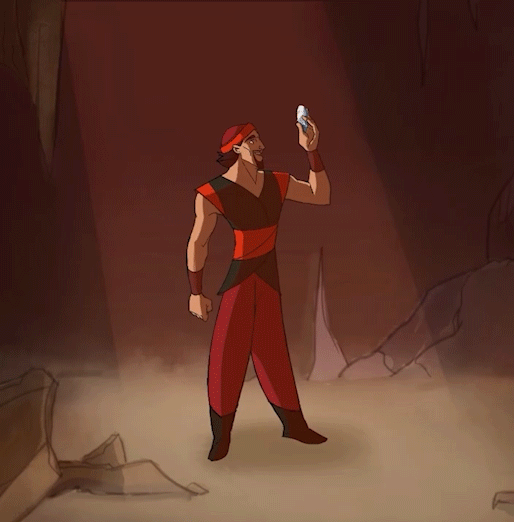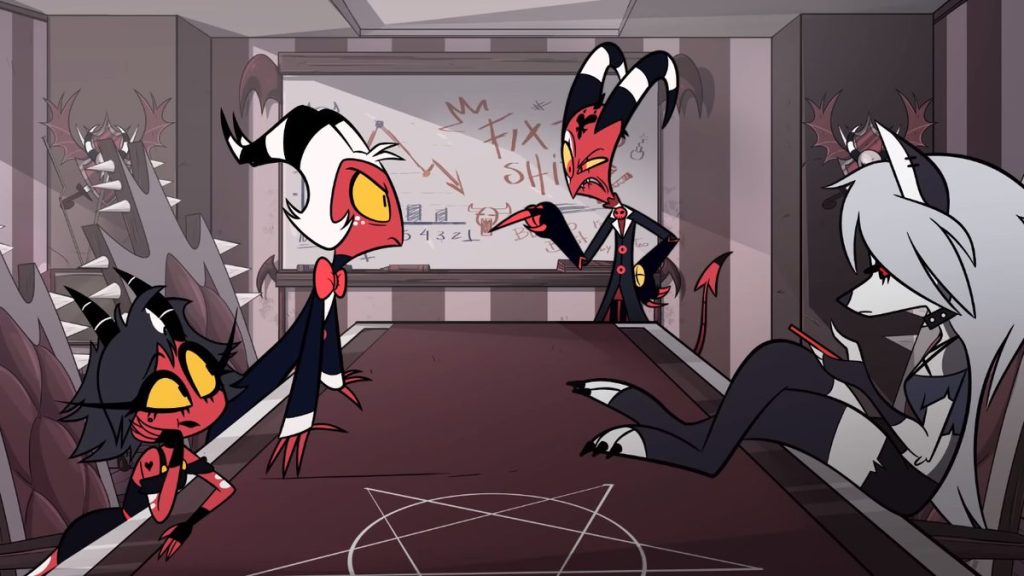
In the world of indie animation, few stories are as inspiring as that of Vivienne Medrano and her studio SpindleHorse Toons. Their hit series Helluva Boss is not just a viral YouTube success — it’s a proof of concept that you don’t need a giant studio to make something great. In this Animation 101 breakdown, we’ll explore how passion, skill, and an engaged online community came together to turn a self-funded project into an international phenomenon.
The Early Work of Vivienne Medrano
Vivienne Medrano, known online as VivziePop, is a Salvadoran-American animator, illustrator, and director. Her journey began in the early 2010s, when she uploaded animation clips and original characters to her YouTube channel. Her art stood out thanks to its fluid motion, sharp humor, and colorful, dramatic style.
One of her early hits was a music video animation set to Kesha’s “Die Young,” which showcased her flair for character acting and musical rhythm. Around the same time, she published a webcomic called ZooPhobia, which helped build her initial audience. These early works laid the foundation for something much bigger.
Founding SpindleHorse Toons
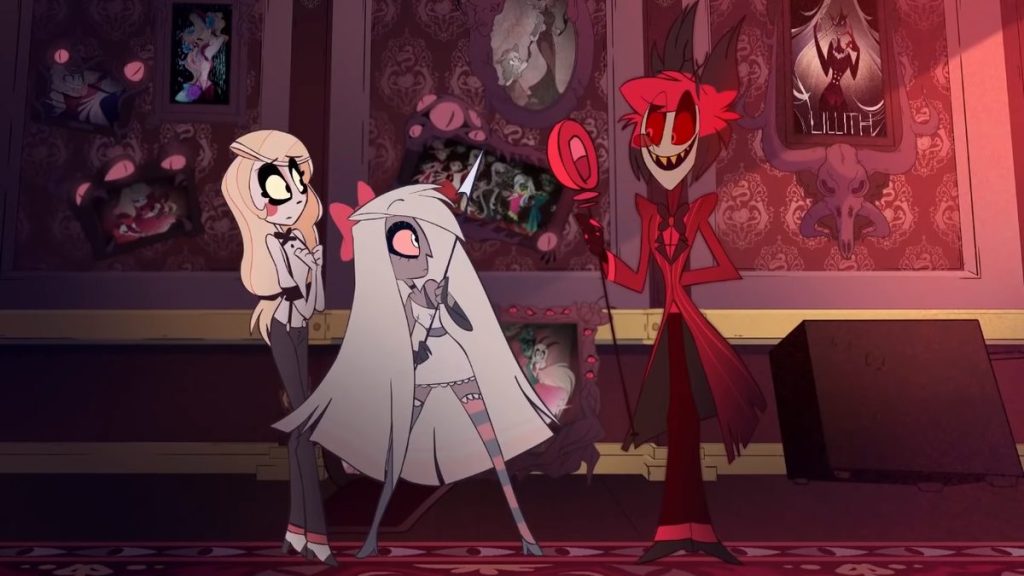
In 2018, Vivienne founded SpindleHorse Toons, a Los Angeles-based indie animation studio focused on hand-drawn 2D animation. Rather than work through traditional networks, she brought together freelancers and independent artists from around the world to collaborate on her projects.
SpindleHorse would become the creative home of two flagship series: Hazbin Hotel and its darker, raunchier spinoff, Helluva Boss. With a strong commitment to artistic independence and queer-positive storytelling, the studio quickly built a reputation for pushing boundaries and drawing huge viewership numbers.
How Helluva Boss Came to Life
Following the viral success of Hazbin Hotel’s pilot episode in 2019 (with over 100 million views and counting), Vivienne and her team sought to continue telling stories set in that universe. Enter Helluva Boss: a brand-new show set in the same hellish world, but with new characters, tone, and direction.
The pilot for Helluva Boss premiered on YouTube in November 2019. It followed the demonic employees of the I.M.P. assassination agency — chaotic, foul-mouthed, and emotionally layered in all the best ways. Fans were instantly hooked. From the edgy writing to the musical numbers and heartfelt moments, the show delivered a surprisingly complex narrative in just a few minutes per episode.
Unlike Hazbin Hotel, which was eventually picked up by A24 and Amazon Prime Video, Helluva Boss remained fully independent. That creative freedom became one of its biggest assets.
A YouTube Series That Changed the Game

What makes Helluva Boss unique isn’t just its style or its characters — it’s the model behind it. Each episode is published directly to YouTube for free. No studio backing, no platform paywall, no content restrictions. That risk paid off: the series consistently racks up millions of views, sometimes hitting 15–20 million per episode.
The fan base grew rapidly, and it grew loud. With fan art, cosplays, cover songs, memes, and even academic breakdowns, Helluva Boss became more than a series — it became a community. This kind of connection is rare, even for studio-backed shows, and it demonstrated just how powerful fan-funded animation can be.
Patreon: Fuel for the Fire
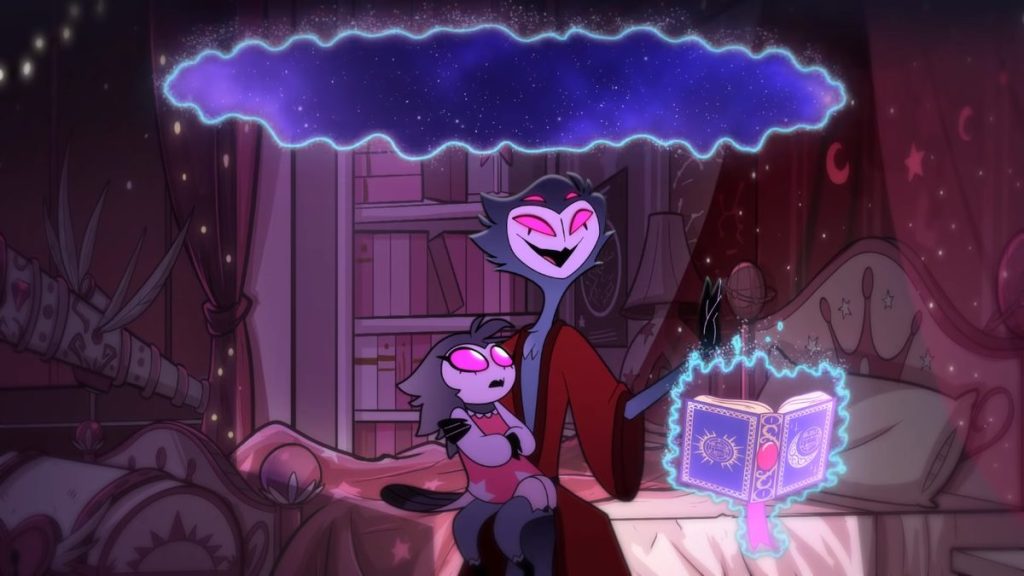
Behind every episode is a massive amount of work and money. To keep production going, Vivienne turned to Patreon, where fans can directly support the project. At its peak, her Patreon ranked among the top animation campaigns on the platform, giving her the freedom to hire voice talent, composers, storyboard artists, and animators.
This transparent, crowdfunded system gave the audience a sense of ownership. People weren’t just watching Helluva Boss — they were helping build it.
Critical and Popular Success
The industry noticed. Helluva Boss won the 2023 Streamy Award for Animation, and the team took home the 2024 Queerty Award for Best Web Series. Critics praised the show’s blend of raunchy comedy, mature themes, and surprisingly touching character arcs.
But it wasn’t just about awards. Helluva Boss proved that the internet can be a viable alternative to Hollywood when it comes to serialized storytelling. A production led by a queer Latinx creator, built by freelancers, and distributed for free? That’s groundbreaking.
Impact on Independent Animation
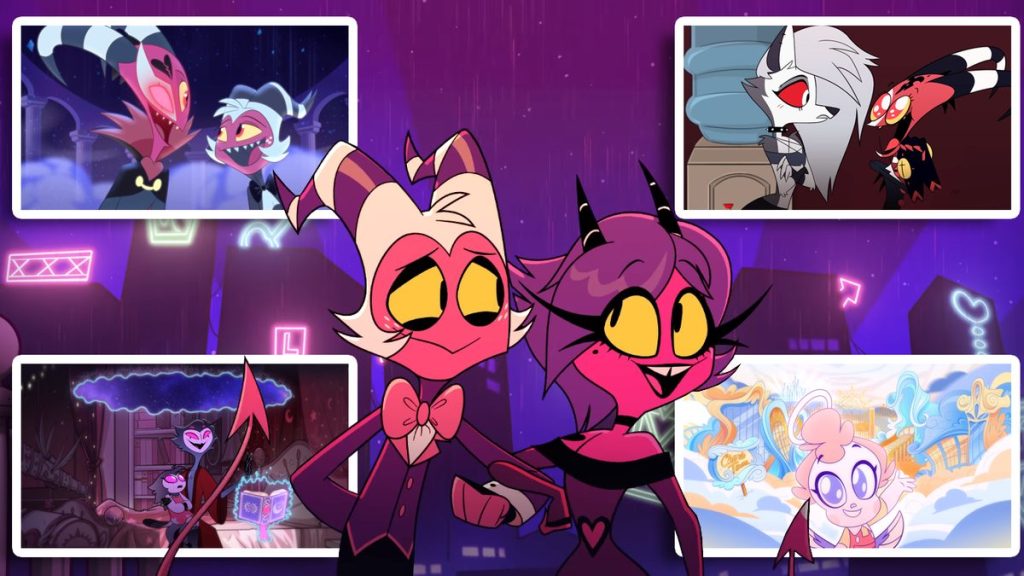
SpindleHorse Toons didn’t just launch a successful series — they shifted the way people think about animation production. For young artists, Helluva Boss is proof that independent creators can reach a global audience without sacrificing vision. VivziePop’s success has already inspired a new wave of animated YouTube pilots and indie studios trying to replicate that magic.
Her work has helped normalize adult animation that includes diverse identities, dark humor, and bold storytelling, while staying outside the mainstream machine.
What’s Next for SpindleHorse?
With Hazbin Hotel season one officially launched on Amazon Prime Video, and Helluva Boss continuing on YouTube, SpindleHorse Toons is building an empire on two fronts: one studio-backed, one fully independent. And both are doing something rare in animation — building lasting emotional connections with their fans.
Vivienne has hinted at new projects in development, though details remain under wraps. If her track record is anything to go by, though, we can expect more vivid characters, slick animation, and bold storytelling choices in the years to come.
Conclusion

Vivienne Medrano and her team at SpindleHorse Toons have rewritten the playbook for what’s possible in independent animation. Through pure artistic vision, community support, and a deep understanding of internet culture, they turned a risky side project into one of the most talked-about animated series of the last decade.
Helluva Boss isn’t just a show — it’s a movement. And for aspiring animators and fans alike, it’s one hell of a good reason to believe in the power of indie storytelling.
